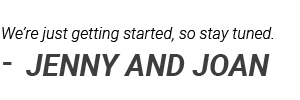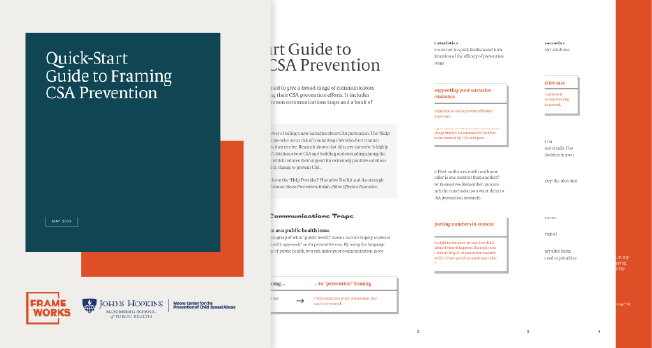Let’s Talk About Child Sexual Abuse | Here’s How to Get Started
Blog #1
By: Jenny Coleman, LMHC & Joan Tabachnick, MBA
As we launch the Stop It Now! Blog, we—Jenny Coleman and Joan Tabachnick—invite you to be a part of the ongoing conversation about child sexual abuse prevention. As leaders with a combined experience of over 50 years (Can you believe we’ve been doing this work since the last century?), we agree:
Prevention is not only possible—it’s happening in real time, in schools, communities, families, and through innovative programs like WhatsOK.
By highlighting new tools like safety planning guides, emerging research on youth behaviors, and smarter ways to frame prevention messages, we hope to strengthen your work and expand what feels possible. We’ll continue to use this space to share insights, lift up others doing important work, and explore how we can all keep pushing prevention forward together. Thank you for joining us on this journey. Let’s keep learning, questioning, collaborating, and—most of all—believing in the power of prevention.
How to Talk about Child Sexual Abuse Prevention with Confidence and Care
The Moore Center at Johns Hopkins Bloomberg School of Public Health, in collaboration with the FrameWorks Institute, has developed a new guide to support those talking about child sexual abuse prevention. “Making the Case” is a resource for professionals who are choosing to advocate for CSA prevention, whether with policy makers or while talking to others in their community.
The research highlights the common media and public misrepresentation that child sexual abuse is inevitable—there is nothing we can do to prevent it. For decades, Stop It Now! has challenged this myth teaching that:
Child sexual abuse is not inevitable, it is preventable.
But how do we push this truth of prevention against this prevailing myth?
The research shows that many of the usual ways of educating the public—that CSA prevention is a public health issue, or that we need to educate more children to protect themselves, or that education is enough—does not have an impact on this myth. The research shows us what does work:
- Talk about people you know using concrete examples: Don’t stay in the abstract of prevention but describe real situations where child sexual abuse was prevented and people got the help that they need.
- Introduce the concept of “Guardrails”: When talking about prevention, introduce the concept of guardrails in our lives—these are much like boundaries; we need guardrails that we can talk about when people get too close or try to cross our guardrails.
More information will be coming out soon from this important collaboration about how to apply these principles. We will let you know when that is available too. Thank you for joining us in our efforts to prevent and end child sexual abuse together. 



